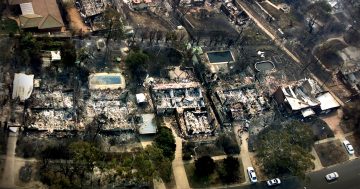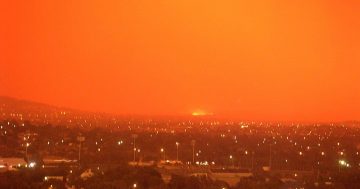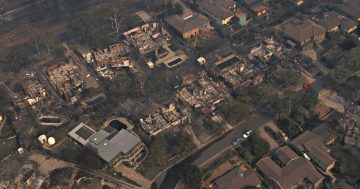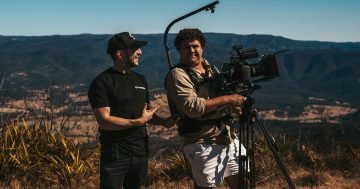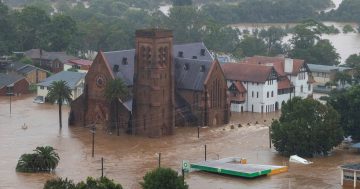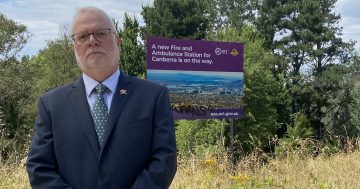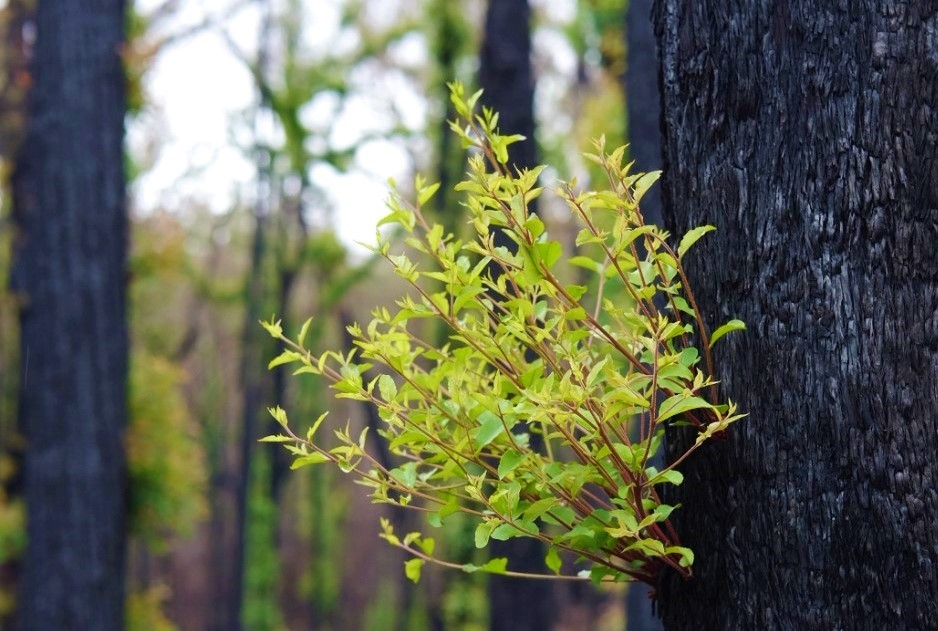
Recovery from bushfires is a task for the whole community. Photo: Supplied.
When four lives were lost in the Canberra bushfires of 18 January 2003, and almost 500 homes were destroyed, our city changed forever.
Almost 500 people were treated at hospital, including 49 as inpatients at Canberra hospitals, and several transferred to Sydney hospitals. More than 5000 people were evacuated to emergency relief centres, and more than 50,000 residents lost access to electricity or water during the ten-day state of emergency.
When this many people experience trauma, it changes both individuals and communities. How can it not? We exist not just as individuals, but interconnected to other individuals, and made more than the sum of our parts through those relationships. When we lose members of our community, when they suffer injury or loss, we all feel it and we are all changed by it.
A study of more than 500 Canberrans who had registered with the ACT Government’s Bushfire Recovery Centre found that three years later, many people said their relationships with family, friends and community were worse after the fires.
But for others, the shared experience of adversity, and how they responded to it together, strengthened relationships. Six years on, in-depth interviews with 25 adults directly impacted by the 2003 Canberra bushfires found that people with strong, supportive relationships were still doing better than those whose relationships had become distant or strained.
Community recovery focuses not on restoration of a pre-disaster state, but on greater community resilience. What this means is the ability to understand and adapt to what has happened, to better prepare for future disasters, to create a stronger sense of place and belonging within the community, foster a stronger and more diverse economy, and a more economically and socially integrated community.
Once the immediate emergency management has passed, community recovery includes addressing individual financial impacts and on the economy as a whole, physical and mental health, and community cohesion. It involves understanding the experiences of those who have been through the disaster and integrating those experiences into the community’s understanding. It is renewal, not restoration.
In the aftermath of the 2003 fires, community recovery groups grew organically from local streets. A few creative individuals started organising, and others joined in. They organised bushwalks, barbecues and street parties to provide space for people to acknowledge their shared experience.
In this moment of reflection, it is important to recognise that our ability to recover was community led. Government – and particularly the Bushfire Recovery Centre – played an important role in that recovery. But the community knew what would most help their friends, family, and neighbours.
That community-led recovery began as the disaster itself was unfolding. On that day in 2003, my neighbour knocked on the door and told me what was happening. I’d been out of town all morning and my car radio was broken. I could see the fires burning into the suburbs as I drove west into Woden, but I hadn’t heard any of the emergency warnings.
People opened their door to strangers to offer a safe place to stay, gave clothes or furniture, offered a cup of tea and a listening ear to someone who looked like they were having a hard time.
Workers in some government agencies recognised the value in community-led recovery activities in 2003 and attended some of the events themselves. It meant they could hear more directly from community members and understand their experiences and needs.
This is the paradox for governments. Encouraging and empowering social activism and community self-organising is important in resilience and recovery. But it also means listening to criticism of government’s role in prevention, response, and recovery from the disaster. It requires trust from both community and government to work collaboratively and creatively.
It takes courage for governments to act in this way. It requires governments to support community through their grief and loss, listen when the community is ready to articulate what kind of future they want, and provide the resources to rebuild a better future together.
We didn’t get everything right in 2003. But we can learn (and have learnt) from what we went through together, and we can be better prepared in future. As the frequency and intensity of bushfires increases as a result of climate change, it’s critically important to do the work to become a kinder, more connected community now.
Architectural styles along Eucumbene Drive in Duffy are quite different in 2023 to those in other parts of the suburb, reflecting the 200 homes lost in that suburb alone.
Canberra in 2023 is different in so many other ways than it was in 2003. The kindness and connection to each other during the fires, and in the years after, have shaped the community we are.
Emma Davidson is an MLA for Murrumbidgee and the Minister for Mental Health, Assistant Minister Families and Community Services.












